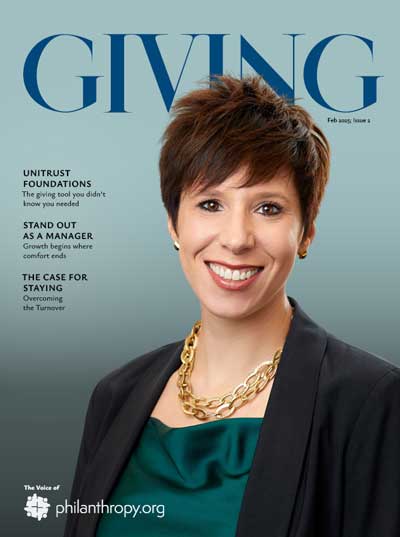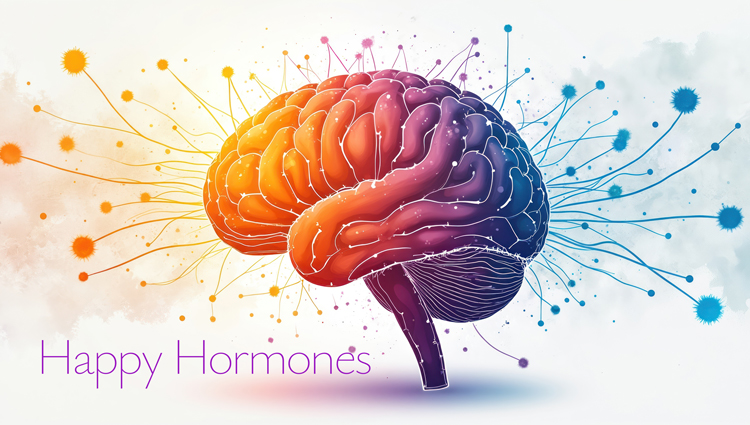Let’s Keep Giving Personal
Why Philanthropy Should Stay Free and Flexible
Think about the time and energy you’ve spent supporting causes that matter to you. Maybe you’re helping a local shelter, donating to cancer research, or funding a park cleanup. You don’t have millions to spare, but over time, your thoughtful contributions make a real difference. That’s the beauty of donor-advised funds (DAFs). They’re tools that allow everyday people—like you and me—to give in a way that’s intentional and impactful.
But now, new legislative proposals threaten to take that freedom away. At first glance, something like the Initiative to Accelerate Charitable Giving (IACG) sounds like a good idea. Who wouldn’t want to see more donations going to charities sooner? But dig a little deeper, and you’ll find it’s not that simple. The very tools that make giving flexible and personal could be swept away by these Big Government changes, making it harder for everyday donors to support the causes they care about most.
The Risks to Everyday Donors
An article in The Wall Street Journal titled “The Left Wants a Philanthropy of the Few” sheds light on a critical issue. Under the IACG’s proposal, DAFs would be forced to spend all their funds within 15 years for donors to keep certain tax benefits. At first, it might seem like a reasonable way to push money out faster. But here’s the catch: donor-advised funds already distribute far more than private foundations do—on average, 20% annually compared to the required 5% minimum for foundations.
DAFs are like charitable savings accounts. They let donors plan ahead, give strategically over time, and even involve their kids or grandkids in philanthropy. Imagine being told how and when to spend your personal savings, regardless of your future plans or needs. That’s essentially what this proposal would do to your ability to give thoughtfully and effectively.
A Double Standard That Hurts Smaller Donors
Here’s the part that stings: large foundations, like Ford and Hewlett—some of the IACG’s biggest supporters—wouldn’t have to follow the same rules. They’d still enjoy the freedom to hold onto their funds indefinitely. It’s the same old story: big organizations and government regulations end up protecting the powerful while creating more hurdles for everyday Americans. We see it in other industries, too—tech monopolies squeezing out small startups, oil giants overshadowing family-run wells, or even the dating world, where smaller agencies face stricter regulations while the largest platforms thrive.
Smaller donors, the ones who often step up in times of crisis, would be the ones hurt the most. During the 2008 financial meltdown and the COVID-19 pandemic, donations from DAFs surged, providing a lifeline to struggling nonprofits. If these funds are forced to be spent on a rigid timeline instead of when they’re most needed, who will fill that gap the next time a crisis strikes?
Targeting Family Foundations
The IACG isn’t just going after DAFs. Family foundations—often the backbone of local, community-focused philanthropy—are in the crosshairs too. Right now, families can play an active role in managing these foundations, involving multiple generations in the decision-making process. It’s about more than money; it’s about passing down values of generosity and responsibility.
But the proposedBig Government reforms would limit how families can engage, even banning reimbursements for travel or modest stipends for those who serve on the board. It might seem like a small change, but it sends a big message: your personal involvement doesn’t matter. Without that hands-on approach, we risk losing the heart of family foundations—the connection and tradition that inspire future generations to give.
Where Things Stand Today
The ideas behind the IACG have already sparked legislation, like the Accelerating Charitable Efforts (ACE) Act. While the ACE Act hasn’t become law yet, the conversation is far from over. In 2024, the IRS held hearings on donor-advised funds, signaling that more changes could be on the horizon.
This ongoing debate is about more than tax rules or regulations. It’s about the future of philanthropy and whether individuals like you will still have the freedom to give on your own terms.
Why This Matters
Philanthropy isn’t just for billionaires. It’s for retirees who donate a portion of their savings, families funding scholarships at local schools, and young professionals giving to environmental initiatives. Tools like DAFs and family foundations make it possible for all of us to give in ways that are thoughtful, strategic, and personal.
Forcing arbitrary deadlines or limiting family involvement takes the heart out of giving. It replaces flexibility and intention with one-size-fits-all rules, which rarely lead to meaningful change. America’s legacy of generosity thrives because it’s powered by individuals, not centralized control. From eradicating polio to supporting neighbors during the pandemic, personal philanthropy has always been a force for good when it’s left free to flourish.
It’s About Freedom to Give
At its core, philanthropy is about choice—the freedom to give in a way that reflects your values, passions, and goals. Big Government proposals like the IACG threaten to erode that freedom, burdening everyday donors with unnecessary restrictions while leaving powerful institutions untouched.
To keep philanthropy vibrant and impactful, we must resist efforts to centralize control. Instead, let’s protect the tools that empower individuals to give freely, flexibly, and with intention. Because at the end of the day, the power of giving comes from you.
And that’s something worth defending.







It’s important that there be a level playing field. Many large institutions receive multimillion dollar gifts to their endowments and sit on them for centuries, living off the interest. Other large foundations receive gifts and never sunset, expecting to be perpetual spenders. If DAFs are limited to 15 years, these organizations should have to spend all gifts within 15 years as well.